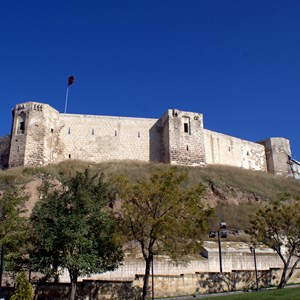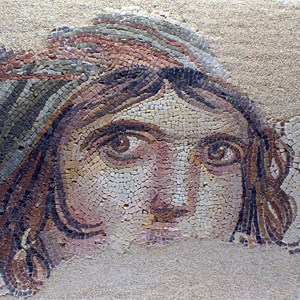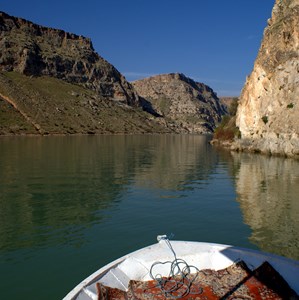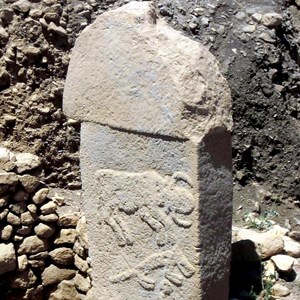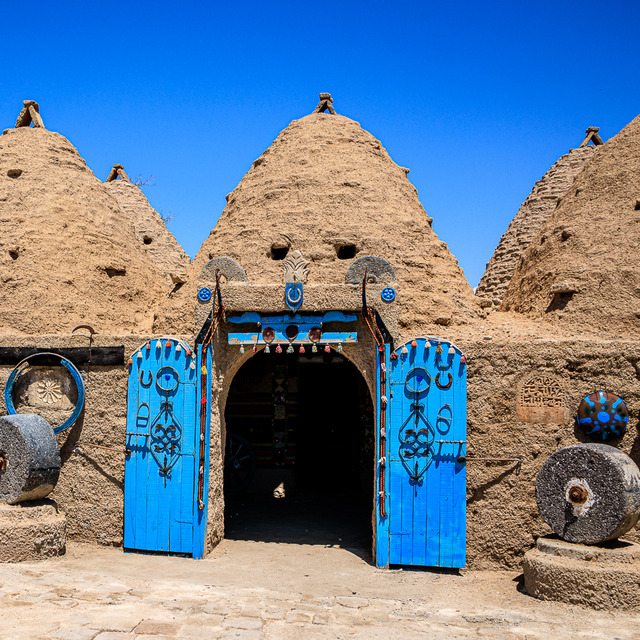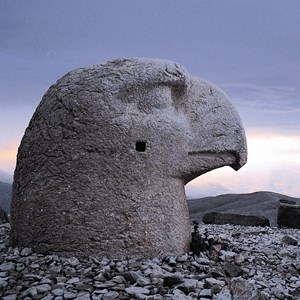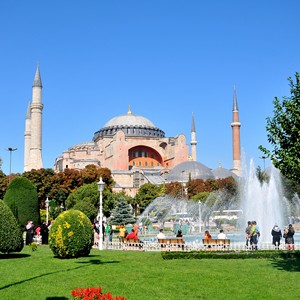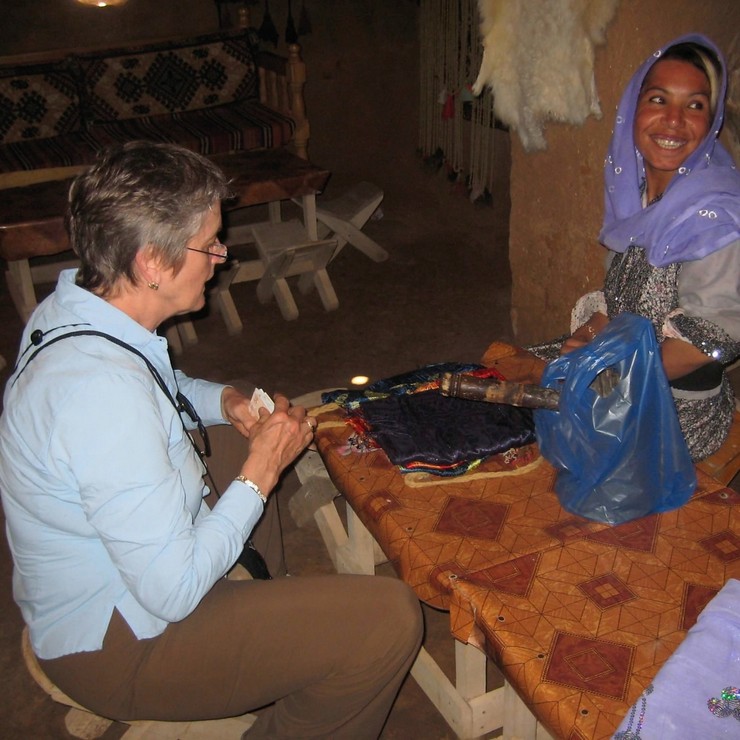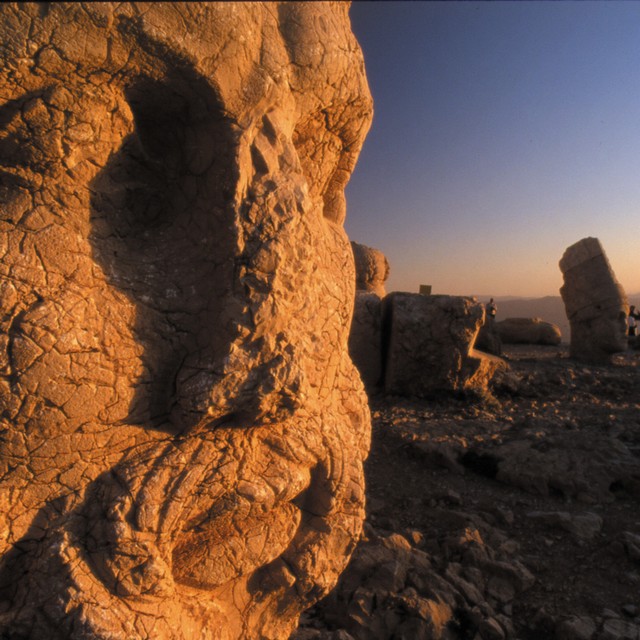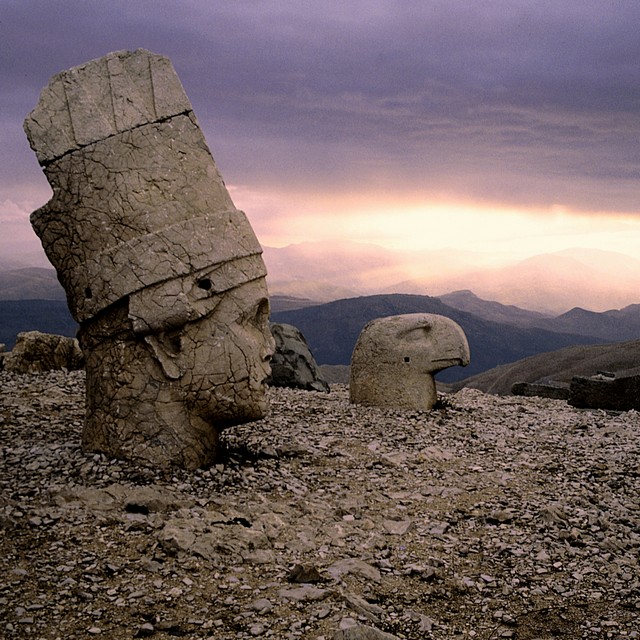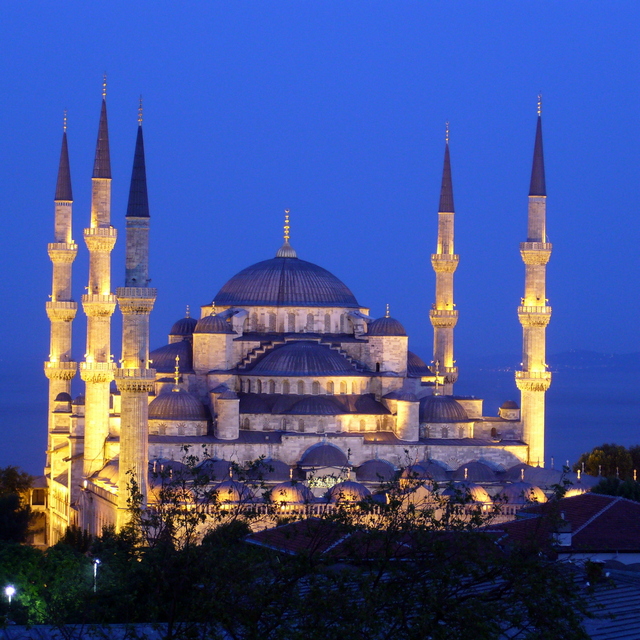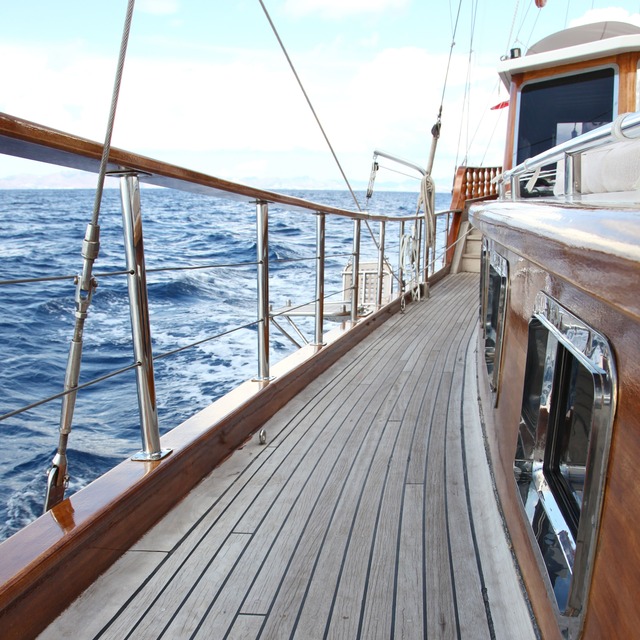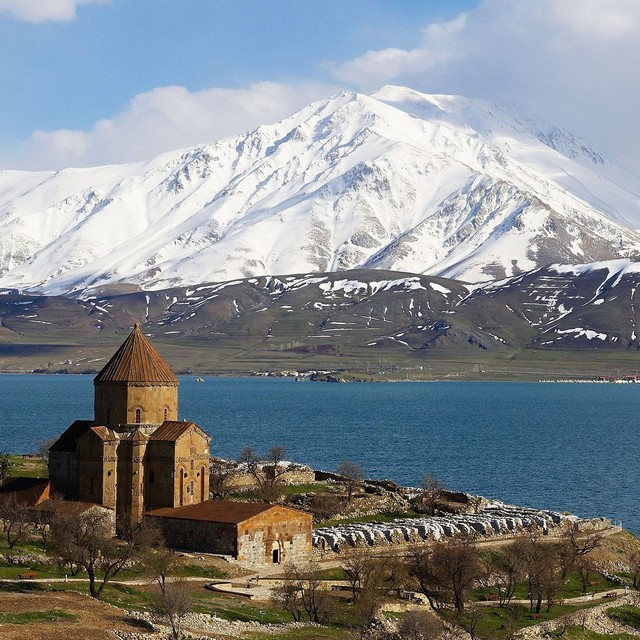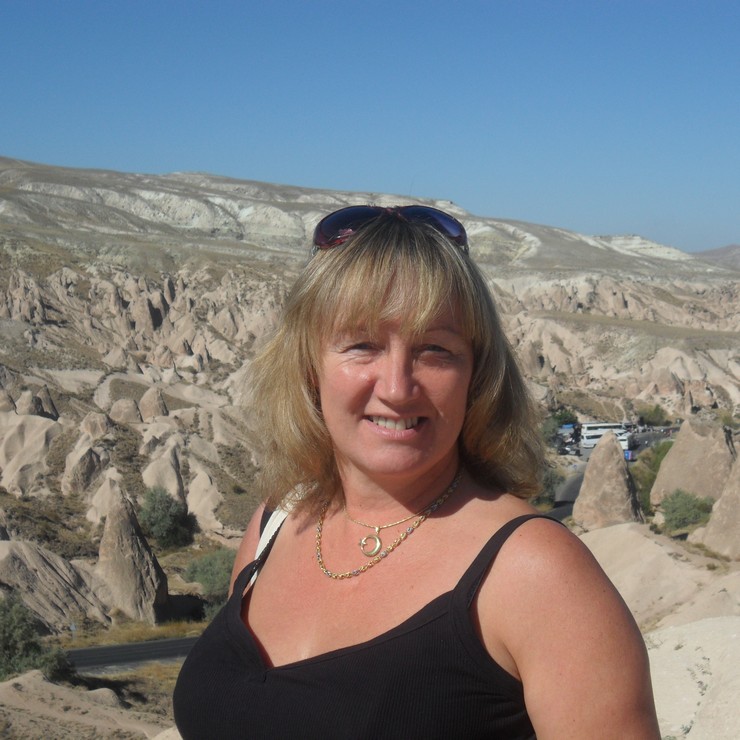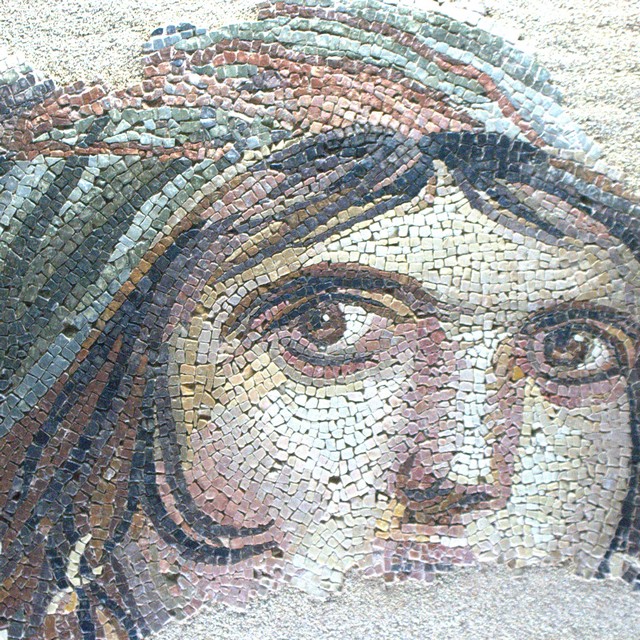Another ancient history-packed day sees us leave our Urfa base for Karahan Tepe, another megalithic site. This early Neolithic site is considered by some even older than Göbekli Tepe. Afterwards, we move on to the ruins of Soğmatar, where Moses was suspected to have met his father-in-law, the prophet Shu'ayb. After lunch back in Urfa, we progress to Harran, a 4,500 year-old refuge for traders from Ur, Gilgamesh's kingdom in ancient Sumer. This village, known for its strange, beehive-shaped dwellings was also reputed to have offered shelter to none other than the father of monotheistic religion: Abraham. We shall stay through the late afternoon to see the slanting sun illuminate the beehive houses. Back to Urfa in the evening, to overnight.
Overnight in Hilton Garden Inn, Urfa
Meal plan: Breakfast
The ancient city of Soğmatar in southeastern Şanlıurfa province, known as the "city of prophets," attracts local and foreign visitors with its historical wells, rock tombs, and reliefs. Legend has it that Moses sought refuge in this city, located about 80 kilometres from Şanlıurfa's centre, after escaping from the pharaoh. Soğmatar, with its ancient mound, is believed to have been established before the Common Era and served as a castle for many years. The city is renowned for its numerous wells, rock tombs, and temples dedicated to the moon and sun gods. Soğmatar is a significant historical site and a popular destination, particularly for astrologers. The region's excavation works have also uncovered artifacts shedding light on its ancient history, including a 5,000-year-old toy. Efforts are underway to further develop the region's infrastructure in the future.
Visit the ancient city of Harran, once the centre of Egypt's Hermetic tradition. See its ominous "Astrological Tower", citadel and local village and take in one of the most atmospheric sites anywhere in the world. Mentioned in the Book of Genesis, Harran is believed to have once been home to the Prophet Abraham. The site of the first Islamic university in Anatolia, Harran also boasts the remains of an 8th century mosque, a citadel and some 300 year old beehive mud homes which enjoy a constant temperature throughout the year, winter or summer.
Urfa (a.k.a. Sanliurfa, “the prophet’s city”, or Edessa in ancient times) is the most spiritual city in Eastern Turkey. It is a major centre for pilgrimage and its traditions are very much alive and well. The “Sanli-“ part of its name (meaning “great” or “dignified”) was awarded by the Turkish legislature in 1984 in recognition of the city’s pivotal role in the Turkish war of Independence. Of particular note for visitors are Urfa Castle (the current walls were constructed by the Abbasids in 814AD), the Pool of Sacred Fish where Abraham was thrown in to the fire by Nimrod, the park of mosques, the market area and the Urfa museum.
